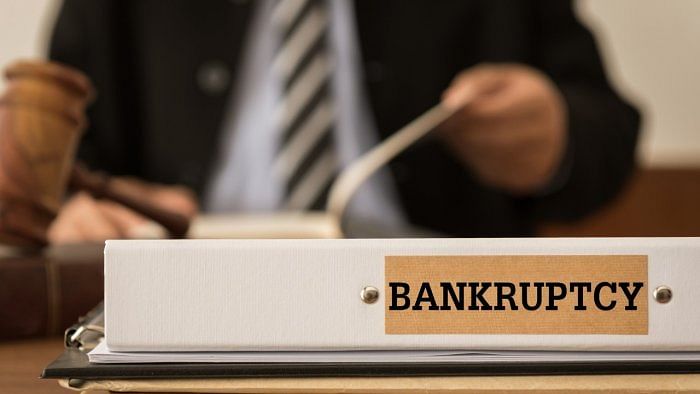
India has proposed more than 40 amendments to its insolvency law, which could impact how recoveries are shared among creditors, decriminalise business failures, allow empires to be broken up, and give the government special powers in cases of public interest.
The seven-year-old Insolvency and Bankruptcy Code was enacted at a time when India’s banks were weighed down by over-leveraged companies and soaring defaults. The law saw some early success but was overall mired by delays in litigation, followed by disruptions from the pandemic.
Of the so-called Dirty Dozen — 12 large delinquent firms pushed by policymakers into bankruptcy soon after the law was enacted in 2017 — four remain unresolved. But 64 per cent of the roughly 2,000 ongoing cases have exceeded the stipulated resolution time of 270 days.
The Ministry of Corporate Affairs has sought public comment on the proposals by 5:30 pm local time February 7.
Key proposals include:
Compulsory admission: A tribunal has to admit an insolvency application if default is established. This resolves confusion stemming from a recent Supreme Court order that allowed tribunals the discretion to reject applications.
Competing bids: Creditors will have to weigh competing resolution plans through a special challenge mechanism. This aims to deter higher bids that come in late in the process and trigger litigation delays
Real estate resolution: If a developer has defaulted, only impacted projects can be pushed into insolvency, which allows the main company to continue work on its other projects.
Piecemeal resolution: Assets of a corporate debtor may be resolved separately from the company as long as one plan provides for resolution of the debtor as a going concern.
The discussion paper recommends changes to the hierarchy in which creditors are repaid — the waterfall mechanism — that will benefit unsecured creditors and government dues. However it clarifies that all so-called statutory dues be treated equally with unsecured creditors except where security interest is specifically created. This clarification would restore a credit hierarchy that had been upturned by a recent Supreme Court decision that said the committee of creditors cannot secure their own dues at the cost of statutory dues such as unpaid taxes.
India’s government has also sought to appoint an administrator in insolvency cases involving public interest, which would enhance its powers. And grant itself powers to exempt certain classes of companies.
The proposals also seek to offer consolidated resolution for companies and their subsidiaries, fast-track out of court settlements, extend pre-packaged insolvency processes to larger companies, tighten recovery from personal guarantors and make failures to comply with the bankruptcy code civil violations rather than criminal offenses.